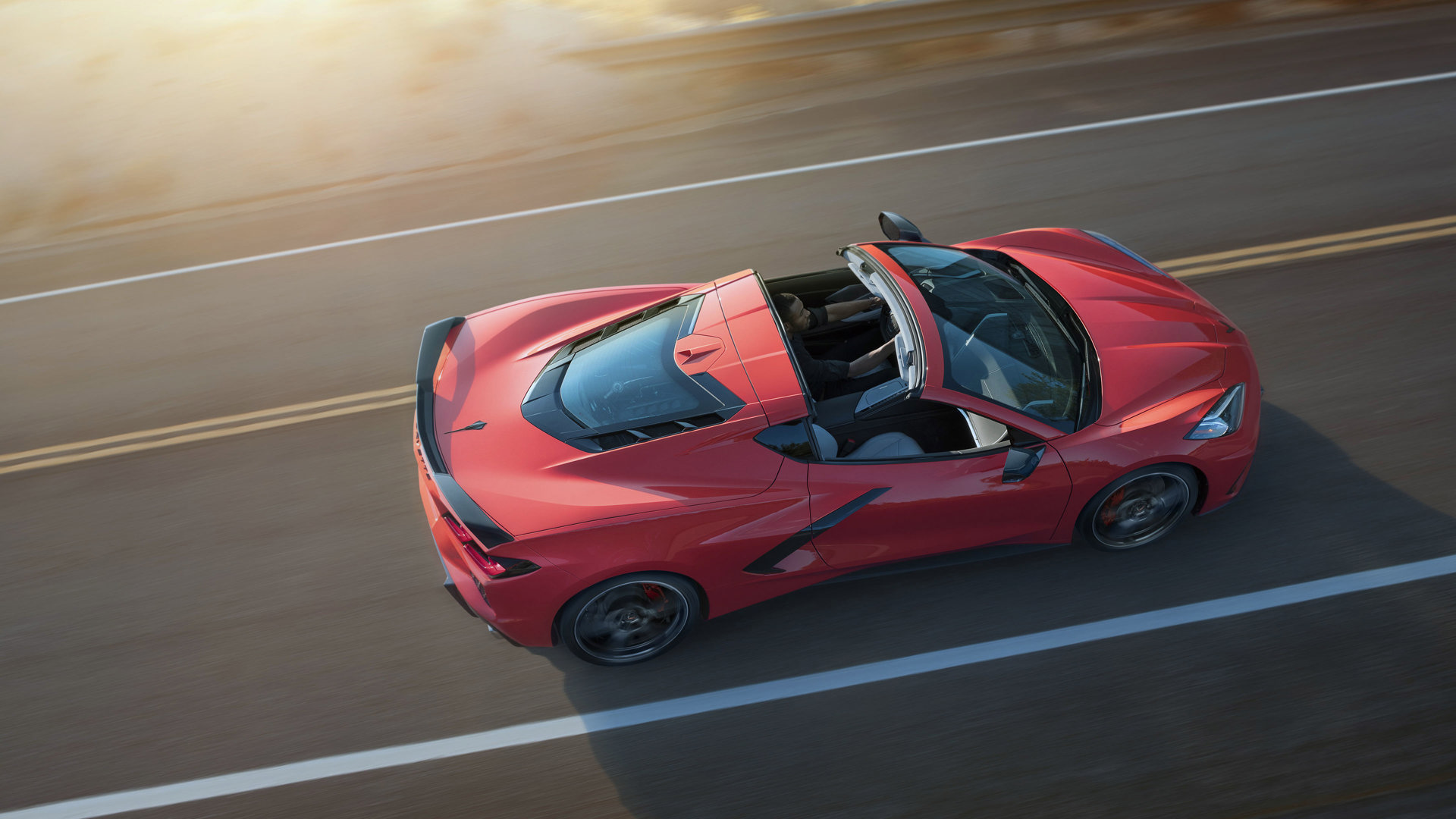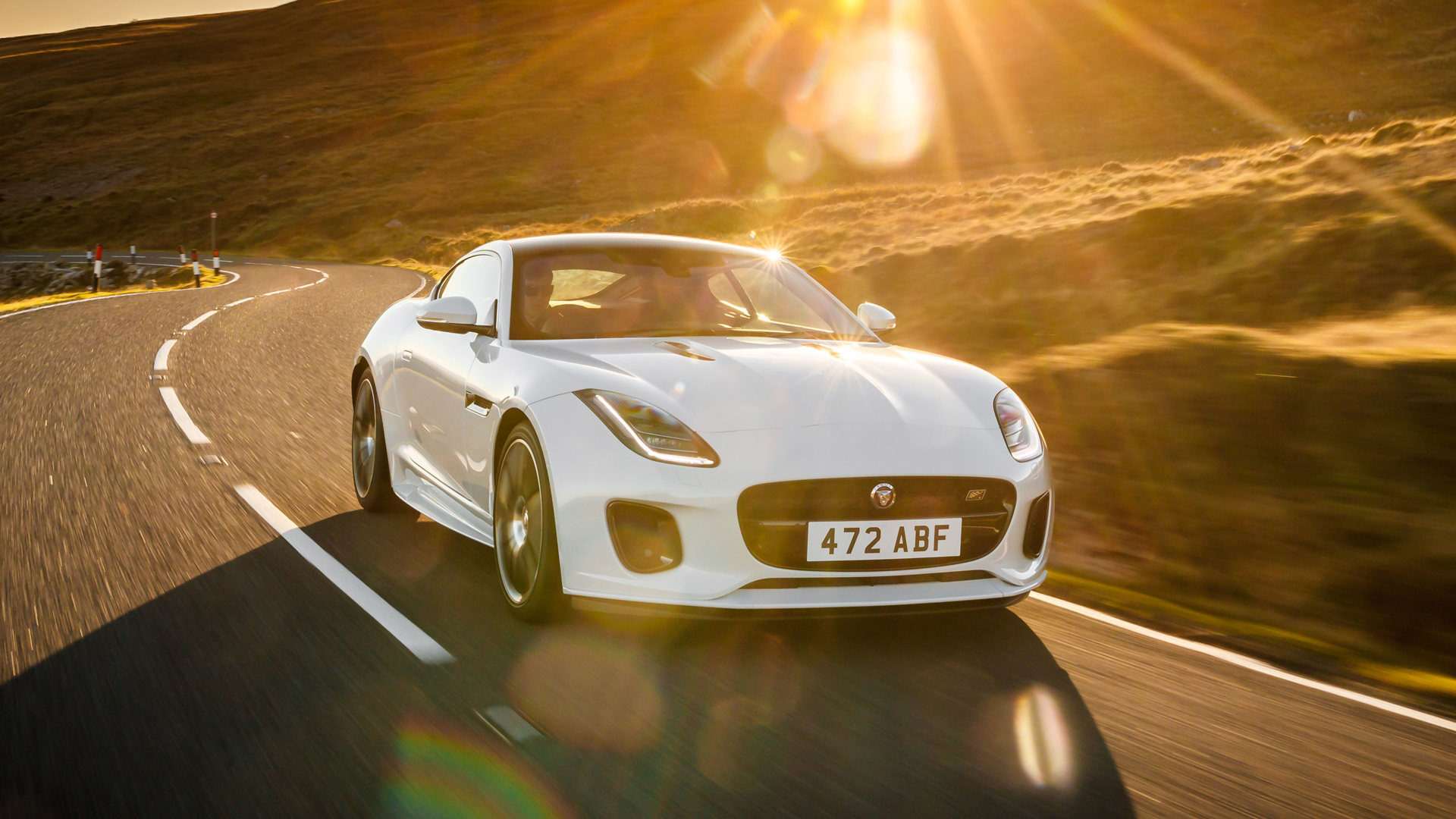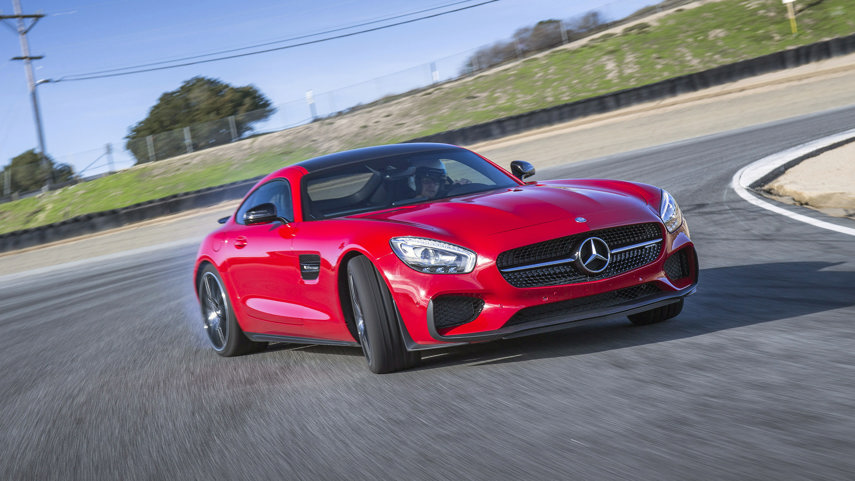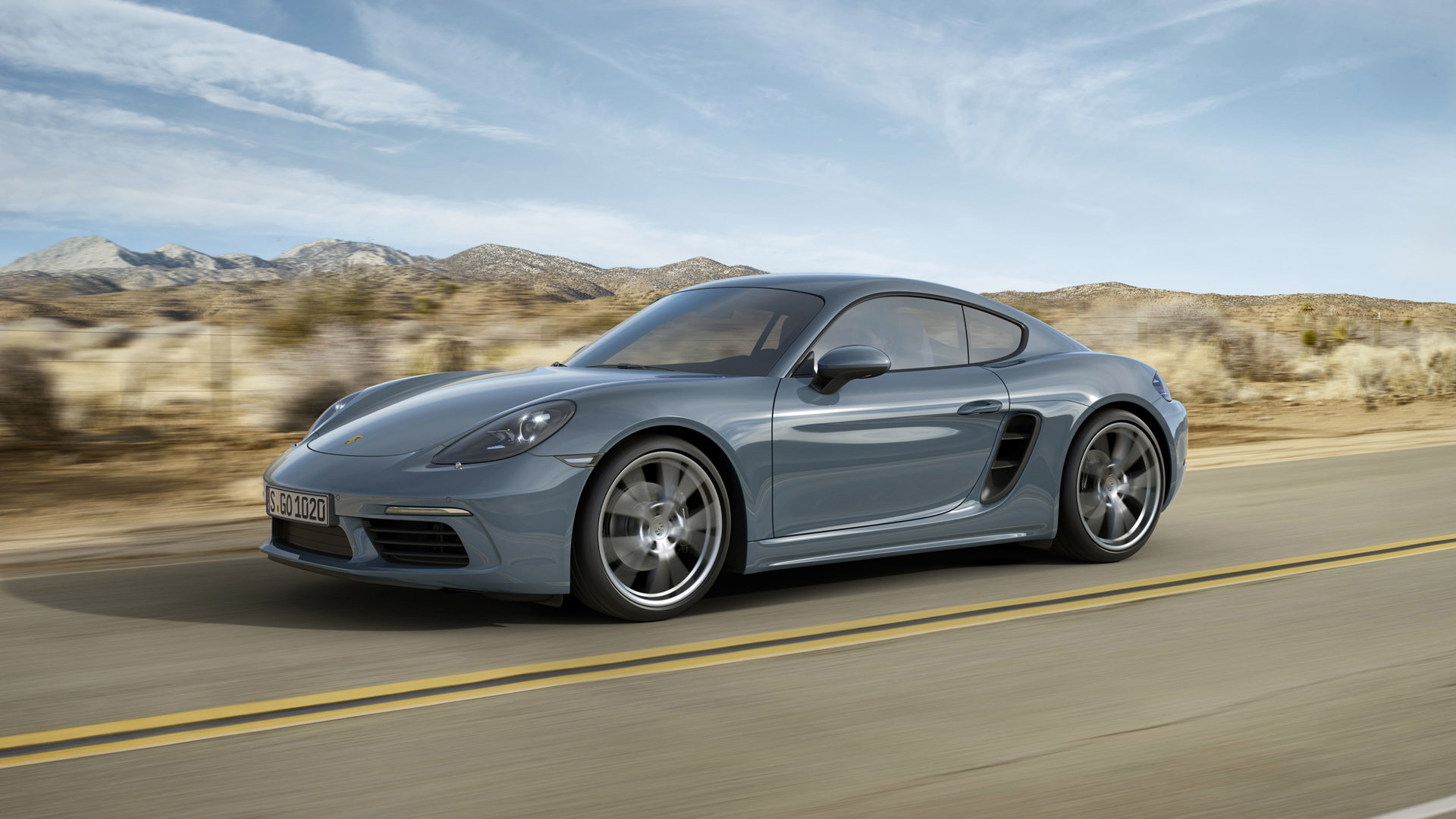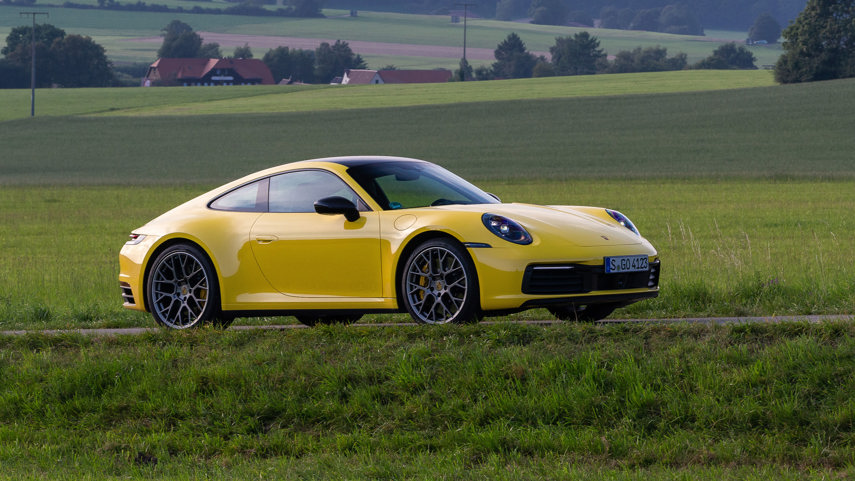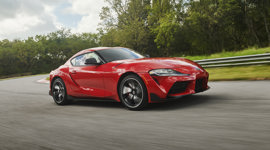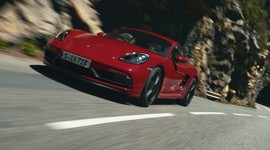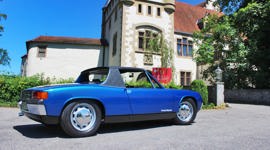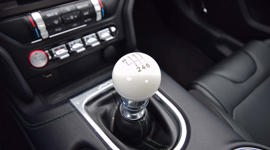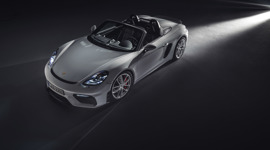A true sports car places a strong emphasis on delivering a visceral, dynamic driving experience. Whether through analog or electronically assisted means, they tend to favour agile handling and spirited acceleration, but still make comfort a priority. That’s especially true as the MSRP increases, with expectations of more than just a smattering of the latter rising alongside the price tag.
Some of these entries achieve their performance through light weight or balance, while others rely primarily on brute strength. Striking a balance between form and function, styling is important whether it’s a coupe or convertible. Gone are the days of severe cowl shake or leaky roofs. Today’s modern sports cars are arguably safer and more refined than ever before, requiring fewer concessions and compromises to achieve sublime driving enjoyment. That being said, purchasing decisions likely still come down more to emotional reasons than practical ones. After all, the best sports car may ultimately be the one that puts the biggest smile on your face.
Our highly experienced group of more than 20 jurors from across the country voted to narrow down the list of sports cars over $50,000 available for sale in Canada to the Porsche 911, Chevrolet Corvette, Porsche 718 (Boxster/Cayman), Jaguar F-Type, Mercedes-AMG GT and Toyota GR Supra.
This diverse lineup of finalists may all share the promise of driving enjoyment but are very different beasts. Taking into account the premise of what a sports car should be, our team of experts is looking at acceleration, braking, handling dynamics, interior ergonomics and exterior styling. A single award winner will be announced on Jan. 20, 2020.
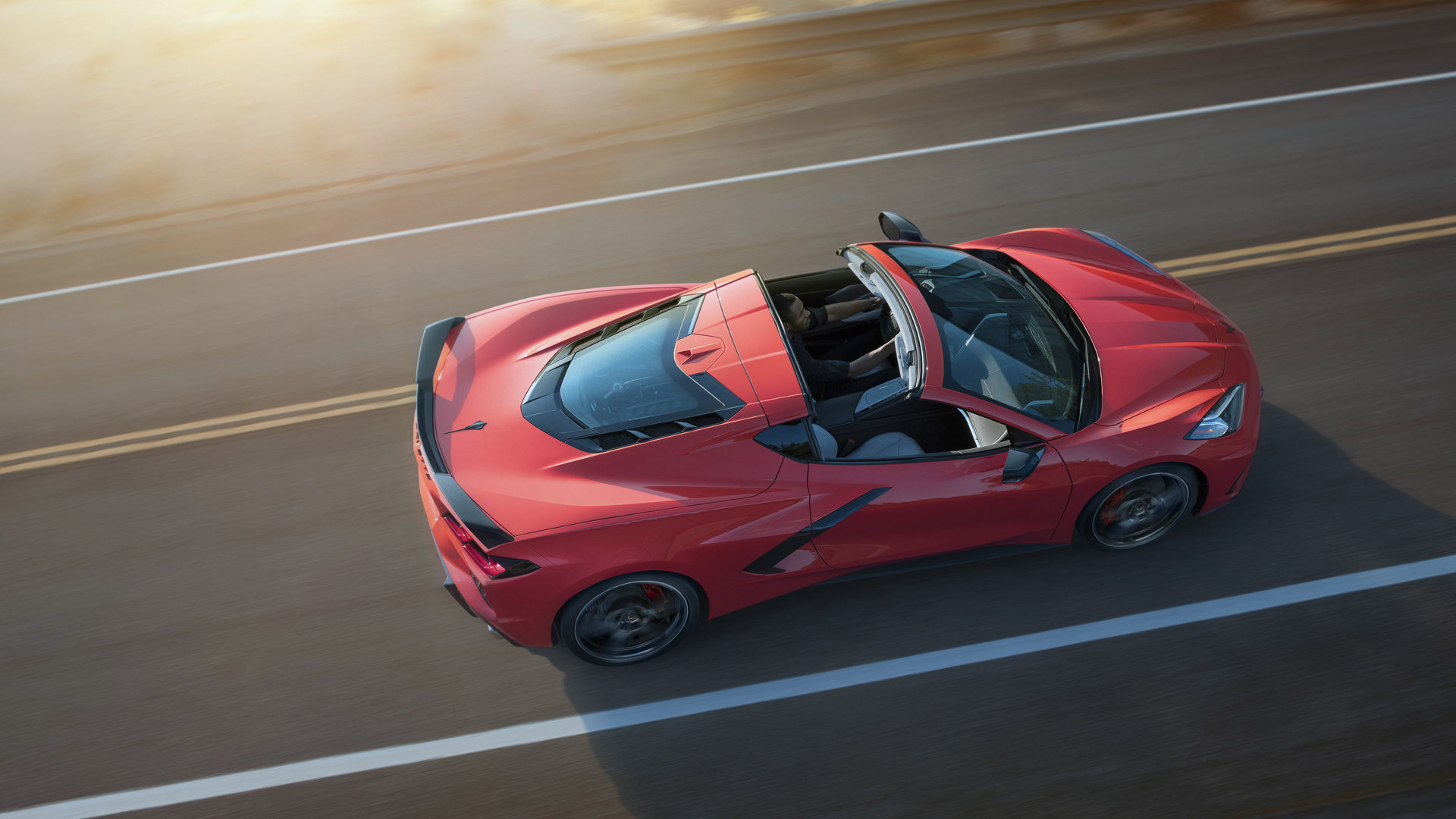
Chevrolet Corvette
Among the most legendary and longest running nameplates in automotive history, America’s sports car is a racing and pop culture icon. The Chevrolet Corvette has consistently reinvented itself in order to remain relevant. The outgoing seventh generation (C7) signals the true end of an era as the C8 is the first production model to feature a mid-engine configuration, and the first ‘Vette to be offered without a manual transmission. Instead, the new model gets an eight-speed dual-clutch transmission controlled either by the push-button gear selector or the steering-wheel-mounted shift paddles.
To date, only the Stingray model has been unveiled in both coupe and convertible forms. Previously available as a soft top or targa, the new convertible features a slick new power hardtop that disappears into the engine compartment. The all-new 6.2-litre LT2 V8 is good for 495 hp and 470 lb-ft of torque. Featuring a standard dry-sump system for improved performance, it has also been optimized for a lower centre of gravity.
The available Z51 Package includes Brembo brakes, performance suspension and exhaust, revised axle ratio, electronic limited-slip differential (eLSD) and Z51-specific front splitter and rear spoiler, as well as Michelin Pilot Sport 4S high performance tires and a heavy-duty cooling system. An engine bay dress-up package includes carbon fibre panels on each side of the engine and LED lighting to provide onlookers a with a better glimpse at what’s going on under the rear glass.
The new Stingray is available in a trio of trim levels, with each step up adding comfort, convenience and appearance options and equipment ranging from colour-matched interiors, a front-view camera, Bose sound systems, Napa leather seating, custom leather-wrapped interior panels and microfibre trim.
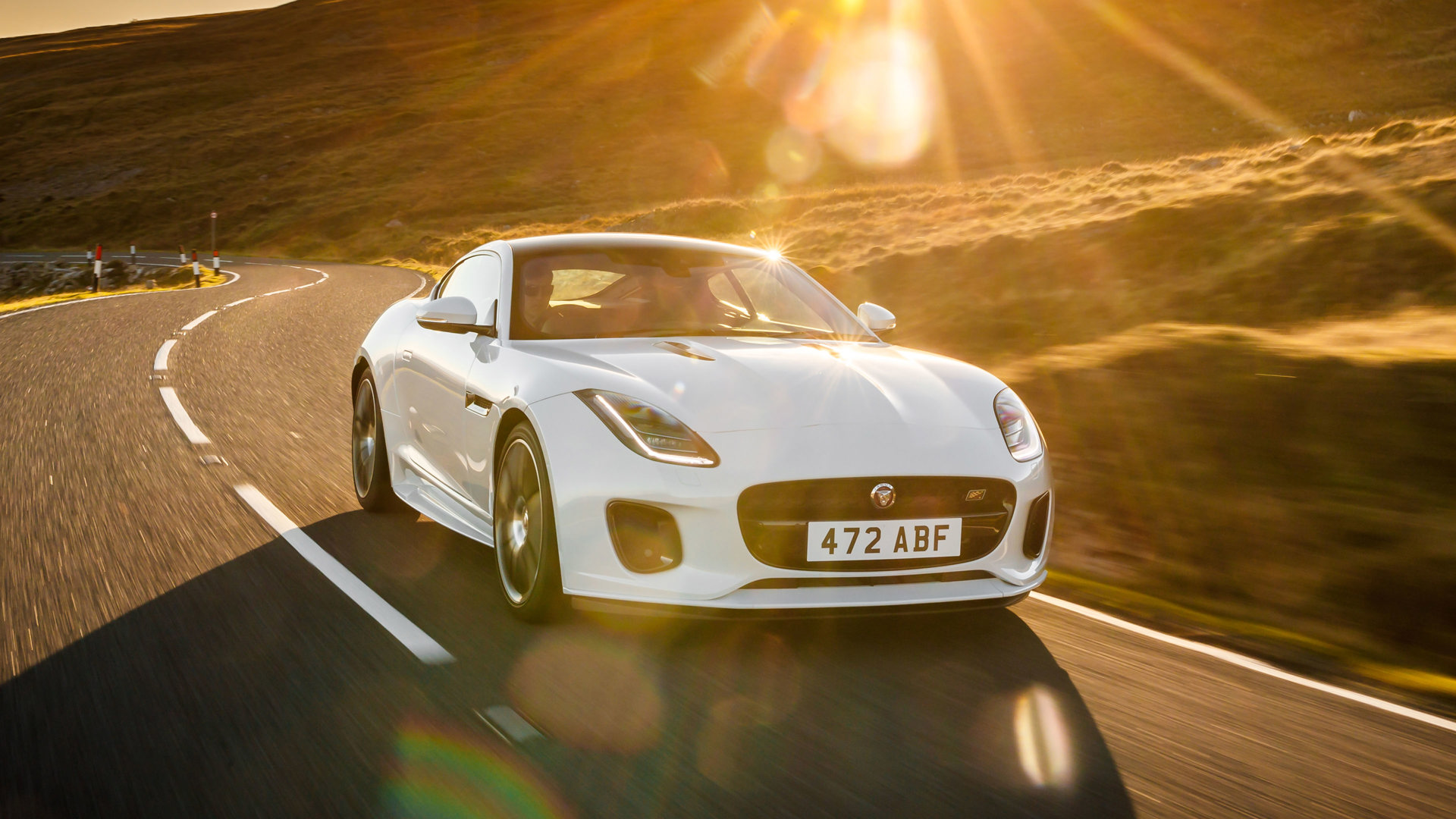
Jaguar F-Type
A spiritual rather than mechanical successor to the XK and legendary E-Type, the Jaguar F-Type is arguably among the most timeless, elegant and striking designs in automotive history. Sleek styling aside, the two-seater two door is available in coupe or convertible bodystyles with an eight-speed automatic transmission and a variety of engine and variable exhaust options that make distinctive, unmistakable sounds.
Offered with a 2.0L turbocharged four-cylinder engine making 296 hp as standard, a 340 hp 3.0L V6 is also available – both in rear-wheel drive configuration. Opting for the R-Dynamic package brings a supercharged 3.0L V6 making 380 hp along with the option of all-wheel drive. The Type-R adds even more potency with a 550hp V8, performance seats and 20-inch wheels.
Over the years a number of special editions have been launched, including the 400 and
Checkered Flag – both featuring unique interior and exterior details. The top trim is the SVR, which boasts a selection of lighter weight materials such as a carbon fibre rear aerodynamic wing and titanium exhaust. The 5.0L V8 makes 575hp for a zero to 100 km/h sprint of 3.7 seconds on the way to a top speed of 322 km/h.
The F-Type gets a more robust list of standard features for the 2020 model year, including Apple CarPlay and Android Auto capability through the revised infotainment interface. Additional colour options include Eiger Grey and Portofino Blue.
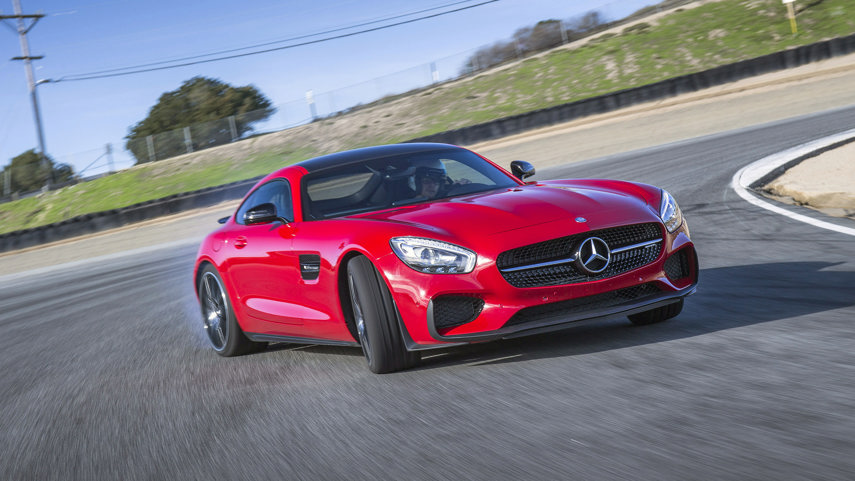
Mercedes-AMG GT
The second production sports car to be developed exclusively by Mercedes-AMG (the first being the SLS AMG), the Mercedes-AMG GT coupe and roadster came to fruition with the help of Formula One championship-winning driver Lewis Hamilton.
Originally offered in GT and GT S trim boasting 469 hp and 516 hp, respectively, from the twin-turbocharged 4.0L V8, the folks at Mercedes-Benz took a page out of the Porsche playbook by rolling out a host of trims, including the 550 hp GT C, along with track-focused GT 3, GT 4, GT R and GT R Pro coupe variants. The latter models feature a naturally-aspirated 6.2L V8 making 577 hp and 502 lb-ft of torque.
Regardless of engine option and potency level, each one drives the rear wheels via a seven-speed dual-clutch transmission. The default driving mode is Comfort, but selecting Sport, Sport+ or Race increases shift timing, holds gears longer, and provides faster throttle- and steering response. This agility in the corners is also helped by the GT’s rear-wheel steering system.
The 2020 model year included a number of exterior changes, such as new LED lighting, revised front and rear fascias (and splitter), a Gurney flap on the rear spoiler, and new quad tailpipes. The interior gets a new steering wheel with touch-sensitive buttons, a 12.3-inch digital gauge cluster and a 10.3-inch TFT infotainment system that displays drive modes and chassis settings, which include the new AMG Dynamics stability control programming. The system ties into the drive mode functions and offers Basic, Advanced, Pro, and Master settings exclusive to GT C and GT R models.
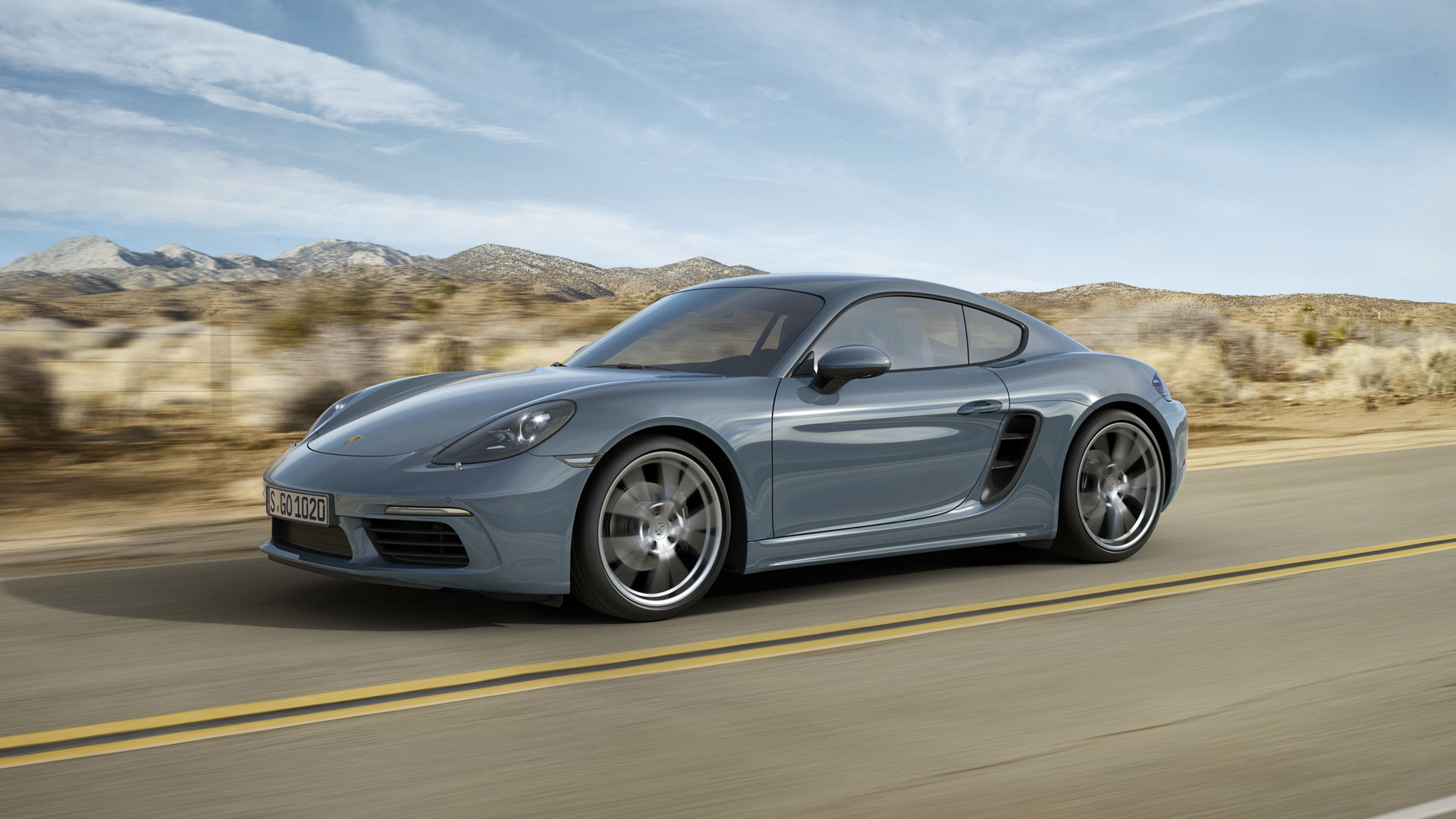
Porsche 718 Boxster/718 Cayman
Porsche bestowed the 718 Series designation upon the Boxster and Cayman for the 2017 model year, in addition to moving from a naturally aspirated six-cylinder to a turbocharged four-cylinder engine. These stablemates may have many similarities, but they are very different vehicles. Both are rear-wheel drive two-seater sports cars that make 300 hp or more. Both models complete the sprint from zero to 100 km/h in anywhere from 4.4 to 5.1 seconds.
The most obvious difference is that the Boxster is available exclusively as a convertible and the Cayman as a coupe. Opting for the Boxster comes with a $2,400 premium, and also means sacrificing storage space to accommodate the convertible top.
Model choices include the Boxster and Boxster S, Cayman and Cayman S, and
Cayman GTS and Boxster GTS. Top trim comes in the guise of the Spyder for the Boxster and GT4 for the Cayman. The most performance-oriented of the group, these models get a 4.0L six-cylinder powerplant making 414 hp and 309 lb-ft of torque – increases of 34 hp in the case of the Cayman and 44 hp for the Spyder over the old 3.8L engine. They are about much more than simply straight-line performance though, and no matter the model, the mid-engine 718 Series makes quick work of apexes and switchbacks.
Moving up through the trim levels bring not just more power and better handling, but also more opulent interior options and increased overall performance that brings the Boxster and Cayman within striking distance of their larger sibling, the 911.
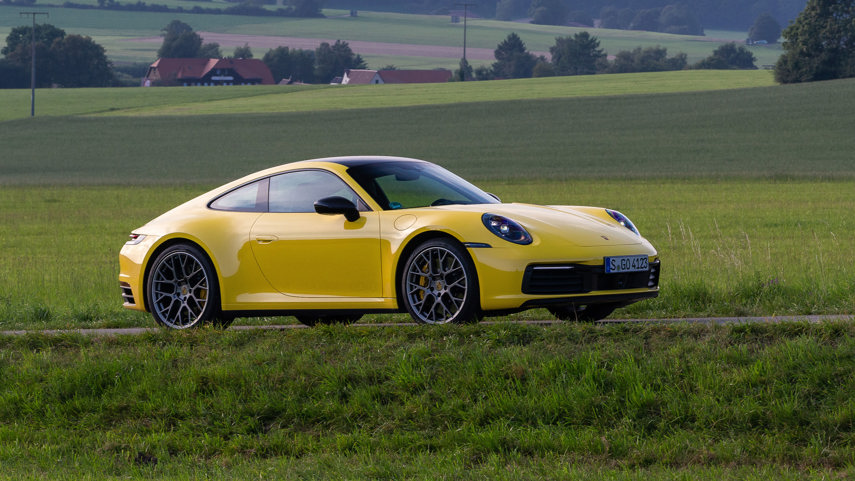
Porsche 911
Among the purest, most single-minded sportscars on the planet, the Porsche 911’s engineering and level of refinement have evolved, but the essence of its original styling has endured the test of time. The car’s proportions have grown substantially over the years and yet the similarities to the original remain intact. The interior may hold visual cues connecting it to the past, but fret not, as this latest 911 truly is all-new.
High build quality and materials combined with precise handling and driving dynamics strike a balance between luxury and performance few marques can match. Continuing to defy the laws of physics by having the engine mounted in the rear makes for an even more unique driving experience. New models feature additional technology, digital displays and even a large cup holder for the first time in history. Virtually everything can be upgraded and customized, for a price, from badging and interior surfaces to sound systems from Bose and Burmester. Technology is available to assist with performance or safety, including the likes of adaptive engine mounts and rear-wheel steering to adaptive cruise control, lane-keeping assist and night vision.
It’s difficult to summarize the 911 nameplate. Ranging widely in price and purpose, the 911 is available as a Coupe, Cabriolet, Targa or Speedster, and from the introductory Carrera to the range-topping GT2 RS. Naturally-aspirated or turbocharged, two seats or four, rear- or all-wheel drive, manual transmission or PDK – the sheer amount of choice is both staggering and more than a little overwhelming. Offering no less than 32 models to choose from, not to mention a long list of options and engine choices, there is a seemingly infinite number of 911 configurations, ensuring that most models coming off the production line have a high likelihood of being one-of-a-kind.
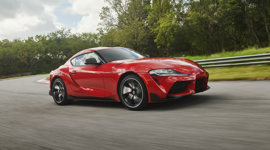
Toyota GR Supra
The name may be resurrected from the past but the 2020 Toyota Supra truly is all-new – and hotly anticipated. Built in partnership with BMW to keep costs down, the chassis and interior are shared with the new Z4 roadster rolled out by the German brand. The powerplant is also the same turbocharged 3.0L inline-six cylinder found in the Z4 M40i, letting it go from zero to 100 km/h in 4.3 seconds. The rear-wheel drive Supra makes 335 hp and 365 lb-ft of torque compared to the BMW’s 382 hp and 369 lb-ft, but the Toyota has been tuned for lower end torque and is lighter since it doesn’t require the bracing of a convertible.
An eight-speed automatic is the only transmission available, but its shifts are quick and accurate. Normal, Sport and Sport Individual modes are available via a button on the centre console, allowing the driver to adjust suspension, steering, gear changes and the exhaust note from the variable exhaust.
The 8.8-inch infotainment screen allows access to navigation, Bluetooth, Apple CarPlay and a 12-speaker JBL sound system. A heads-up display projects vehicle speed, RPM and turn-by-turn navigation guidance.
The Supra comes well equipped, with plenty of standard features that add to its dynamics and the driving experience, such as the four-piston Brembo front brakes, heated leather sport seats, an active differential, adaptive variable suspension and a suite of safety features like lane departure warning, forward collision warning and automatic emergency braking with pedestrian detection.
